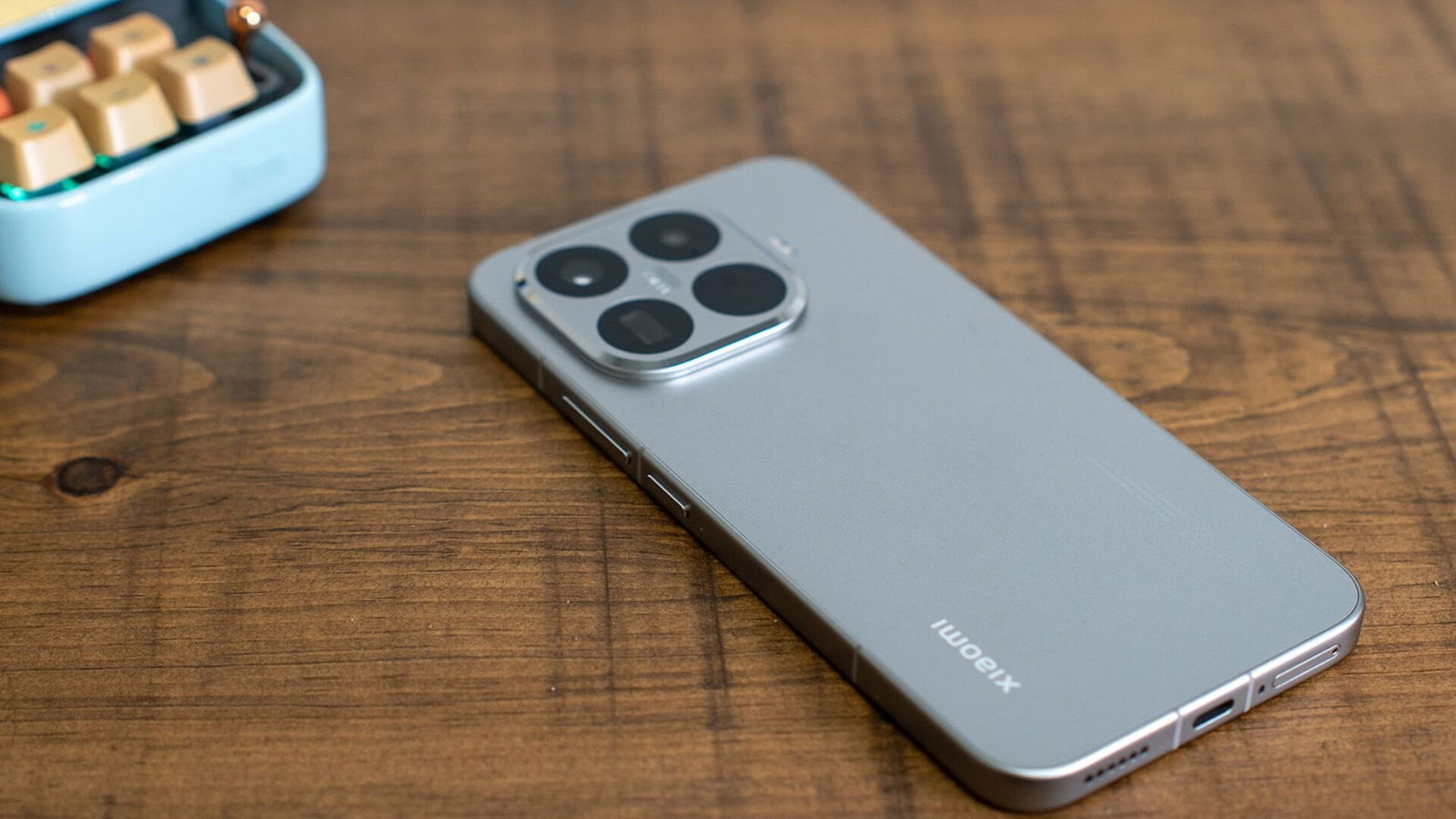I spend a lot of time with a lot of smartphones. The Xiaomi 15T Pro smartphone is the latest on that list, as it came in a few weeks ago along with the non-Pro Xiaomi 15T. Having recently covered the original 15 when it launched, I thought I should continue down the Xiaomi path.
Usually, the second round of devices in a smartphone line are considered the “budget” or mid-range versions, but then tacking “Pro” onto the phone title had me curious. After using the Xiaomi 15T Pro for the last couple of weeks, I can see the balance between pro and mid-range features. There are some sacrifices that were made, and pricing that doesn’t quite hit the affordable mark, making me wonder just who the device is for. However, the 15T Pro is still a pretty powerful device, even compared to other flagship phones.
The Xiaomi 15T Pro comes in three colours, Black, Gray and Mocha Gold, and is built with a glass fibre back and aluminum alloy frame. The colours leave a bit to be desired as devices like the new iPhone 17 Pro, OnePlus 13 and Samsung Galaxy S25 Ultra feature vibrant or flashy finishes. However, the phone feels great, has been durable so far (passes the kid test, that’s for sure), and has a professional design. I also love the added case in the box, always a nice touch, even if it is pretty plain-Jane.
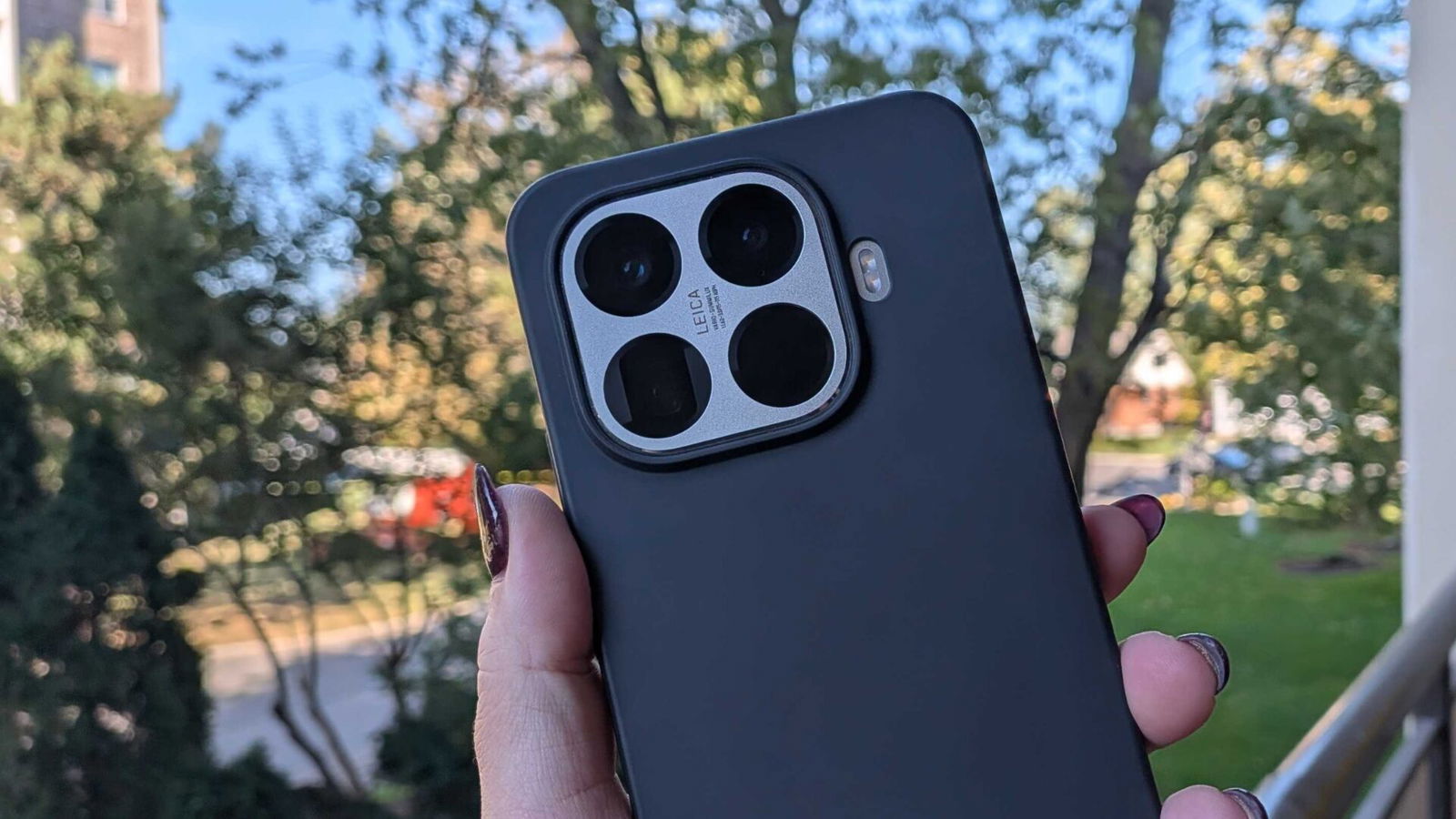
When I agreed to check out the 15T Pro, I had recently finished the Xiaomi 15, so you can understand my surprise when I got the massive 6.83” display after the 15’s 6.36”. It’s actually the largest of the phones I’ve tested in the last year, with only the OnePlus 13 coming in at 6.82”. It features a beautiful 2772×1280 AMOLED display with a peak brightness of 3200 nits.
“After using the Xiaomi 15T Pro for the last couple of weeks, I can see the balance between pro and mid-range features.”
A surprising feature is the Xiaomi 15T Pro’s 144Hz refresh rate. This positions the 15T Pro above not only other mid-tier phones like the 15, the Galaxy S25+ and iPhone 17, but also the top-tier flagships like the OnePlus 13, Samsung Galaxy 25 Ultra and iPhone 17 Pro Max, all at 120 Hz. That is a very long-winded way to say that watching media, looking at photos and gaming all look impressive on the Xiaomi 15T Pro. The PPI density is 447; however, positioning it a little bit below the flagships, but still comparable.
You can also switch between default and custom refresh rates. Default will adjust dynamically up to 144Hz, and custom will allow you to choose 60Hz or “up to 144Hz.” I have never seen a reason to move away from the default setting, though. I dove into a bit of Fortnite on the Xiaomi 15T Pro, and I was impressed with how fluid the game felt, and even more so with the quality of the graphics. I am testing another phone currently, and was surprised when I switched devices, as it made the quality of the 15T Pro really stand out.
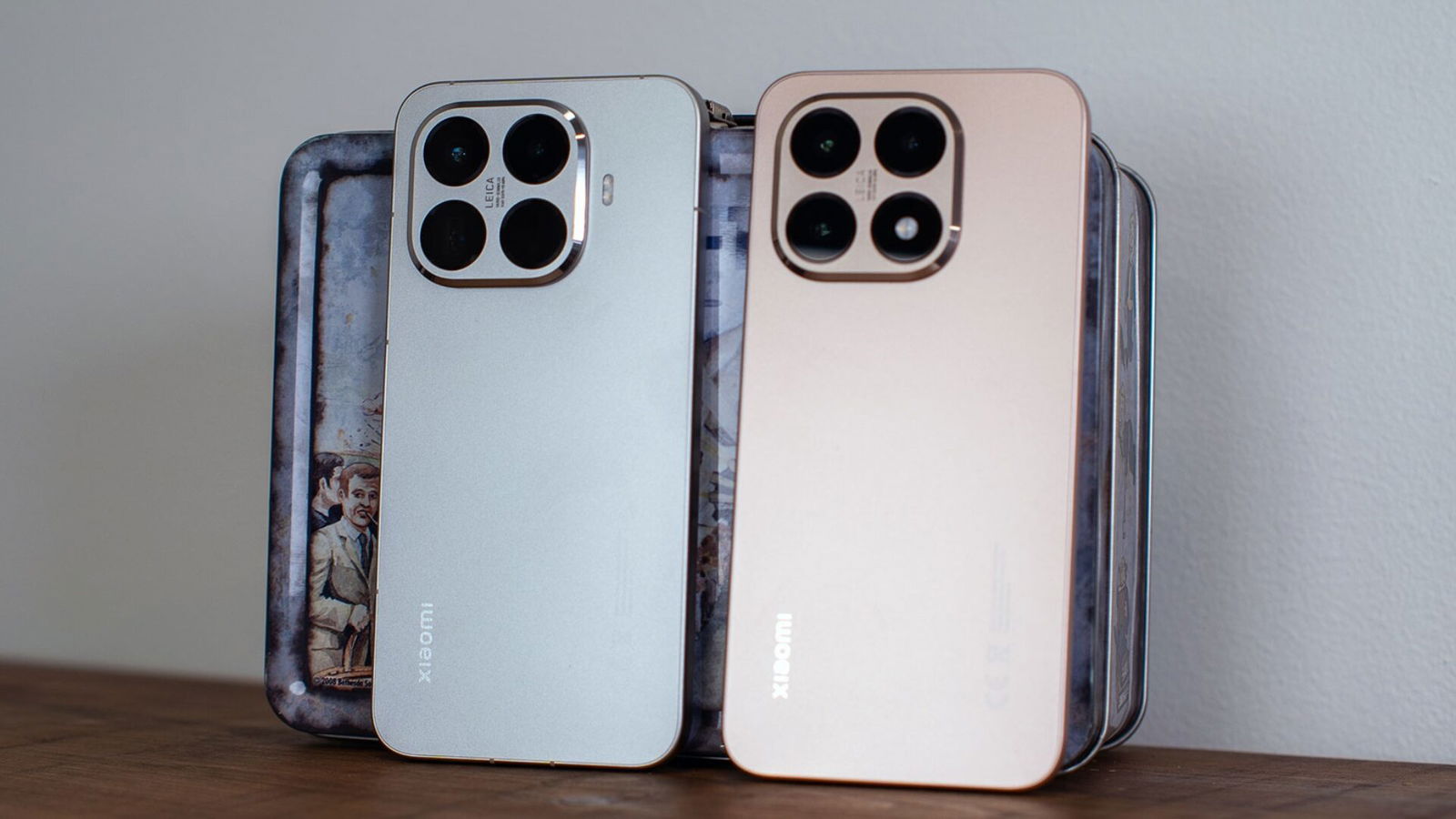
Another reason I really wanted to go hands-on with this device was its internals. Out of all the smartphones I have tested, only the Motorola Razr featured a MediaTek chip, the MediaTek Dimensity 7400X. I’ll be honest, I wasn’t impressed. Seeing that the Xiaomi 15T Pro features the MediaTek Dimensity 9400+ had me wanting to give it another shot to see what the stronger chip can do.
I do find it a little strange that they dropped the 15T Pro with the 9400+ chip after the 9500 announcement, especially when they announced the Xiaomi 17 with the brand-new Snapdragon 8 Elite Gen 5 as Snapdragon was making the announcement.
“For anyone worried about switching from something like the Snapdragon 8 Elite chip, I can confirm that the MediaTek Dimensity 9400+ holds its own.”
It’s no secret that Qualcomm has most smartphones in its pocket, but I am pleased to announce that I didn’t experience any of the same issues I saw with the 7400X here. I was able to switch between apps without issue. Previously, I was seeing occasional stuttering when streaming, apps would stall when switching between them, and the overall device didn’t feel fast and fluid.
The Xiaomi 15T Pro smartphone consistently performed well. I have had no issues running multiple apps at a time, streaming, or using AI editing tools. For anyone worried about switching from something like the Snapdragon 8 Elite chip, I can confirm that the MediaTek Dimensity 9400+ holds its own. I will note, however, that the 15t Pro features only 12GB of RAM, compared to up to 16 GB with the Xiaomi 15 and up to 24 GB with the OnePlus 13, but it is on par with the S25 Ultra, in terms of flagships.
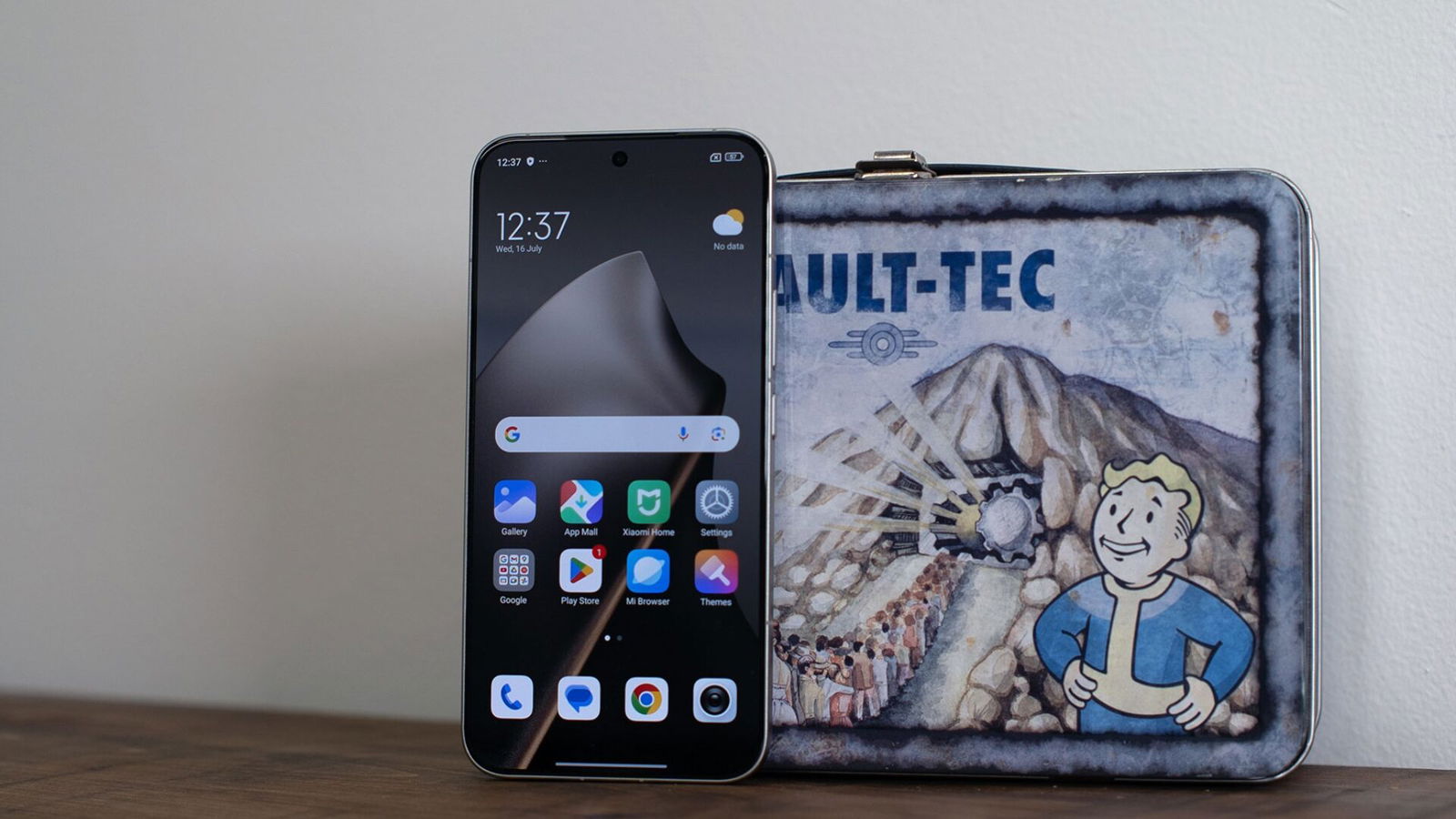
In terms of benchmarks, I wanted to run this device against phones that are close in price range to it. Running Geekbench 6, the Xiaomi 15T Pro CPU scored 2596 in our single-core tests and 7749 in the multi-core results. For comparison, the Xiaomi 15 scored 2903 and 8982. As you can see, the device’s CPU is not quite as powerful, but in real-world testing, it wasn’t noticeably slower in many of my day-to-day tasks.
The cameras, however, were where I started to notice some issues. The Xiaomi 15T Pro features a triple rear camera setup. As I said, sacrifices had to be made somewhere, and the Xiaomi 15T Pro’s ultrawide camera is one that took a hit. From a 50 MP in the 15 and 15 Ultra, the 15T Pro’s ultrawide lens is only 12MP. This is the same for the selfie cam, at only 12MP as well.




To make up for that, though, the cameras on the Xiaomi 15T Pro have been co-engineered with Leica, and the Leica 5x Pro telephoto lens is excellent. While at Snapdragon Summit in Hawaii, I was able to zoom in over 20x to see boats in the water, cars driving at the other end of the island or buildings across the way. The zoom was clear, and the viewfinder was a great assist in aiming. That being said, at night, these shots became very blurry.
“As I said, sacrifices had to be made somewhere, and the Xiaomi 15T Pro’s ultrawide camera is one that took a hit.”
My experience with night shots on the Xiaomi 15T Pro was less than ideal, not only during extreme zooming. The device really struggled to brighten up darker shots, even in night mode. More concerning to me, however, was the way any lights in darker shorts would blow out, creating a blur or diffraction spikes consistently in my photos. One really cool thing the 15T Pro can do, though, is brighten a night sky to create some amazing star shots—if only it could have brightened up my food photos at a late dinner.

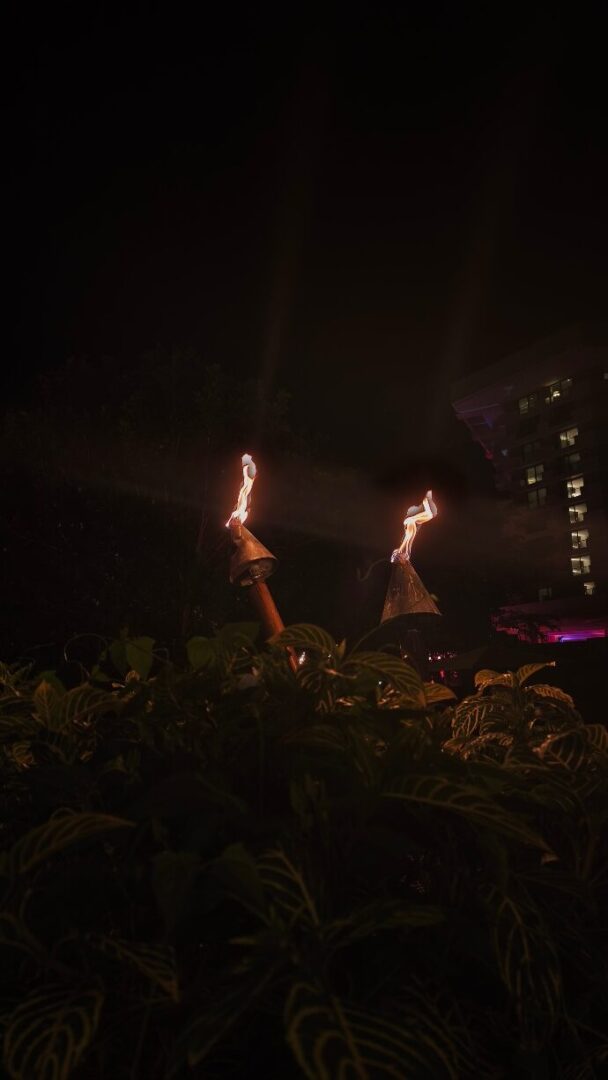



The main camera on the Xiaomi 15T Pro features a 50-megapixel Leica Summilux optical lens. In practice, during the day, it took excellent photos. As mentioned, I was in Hawaii for much of my camera testing, which certainly didn’t hurt. I was able to capture the movement of the ocean, and the colours on the island consistently looked vibrant and striking.
While reviewing my pictures, I noticed some diffraction spikes during the day when photographing the sun over the ocean. However, during a lower sunset, this wasn’t an issue. Direct light doesn’t seem to be a friend of the 15T Pro. At sunset, many photos had a hazy effect—beautiful, but not intentional—which may not appeal to everyone.





Thankfully, the Xiaomi 15 T Pro’s battery life kept up with the countless photos I took while away. It features a 5,500 mAh battery, putting it ahead of flagships like the S25 Ultra and even the global version of the Xiaomi 15 Ultra. After full 15- to 18-hour days of emails, social media, and plenty of photo capture, I was still plugging in at night with enough power left to get by. It also supports 90-watt wired charging and 50-watt wireless charging. Nothing groundbreaking, but more than sufficient and ahead of other flagships.
“If that price difference is monumental to your budget, you won’t be let down with the Xiaomi 15T Pro; however, if you can afford it, there are better options available.”
My time with the Xiaomi 15T Pro smartphone has leaned more toward the positive over the last few weeks of testing, although I did encounter some issues with night photography (and a touch of sunlight issues). For a device intended to meet professional-level standards with some minor sacrifices, it needs to have a price that justifies not splurging on the Ultra models. Right now, the OnePlus 13 sits at $849.99 USD, the Xiaomi 15 is $909.50, and the Samsung Galaxy S25+ is $999.00 (even the S25 Ultra is discounted to $1119 right now).
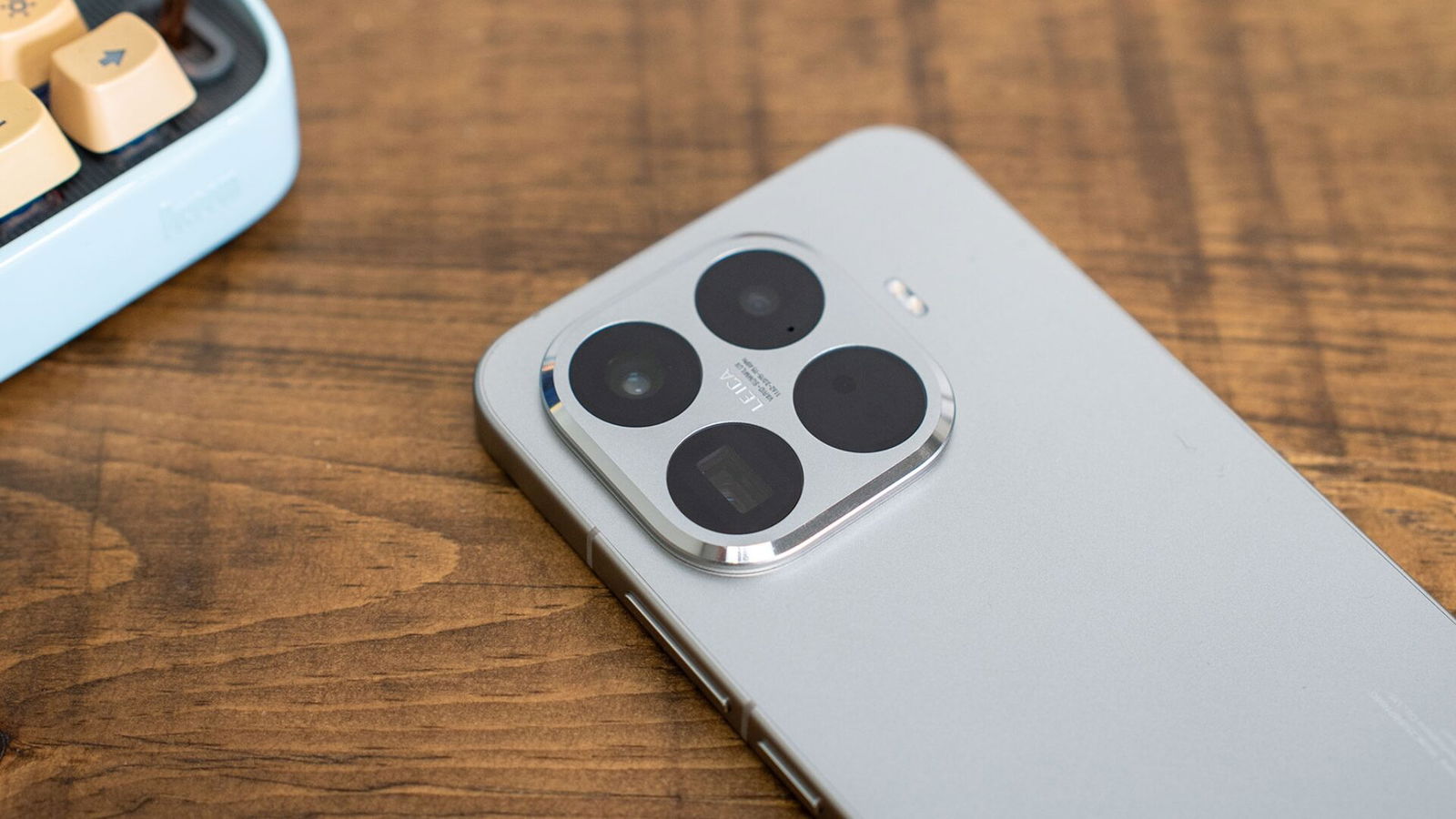
The Xiaomi 15T Pro has been a bit more difficult to price, with no official USD pricing that I can find. GSM Arena lists the price at £649.00/€899.90, which could translate to anywhere between $800 and $1000 USD. The Xiaomi 15T base model is listed at around $927. Given that this device uses the previous model MediaTek chip and that its performance doesn’t blow me away, I would probably splurge on a OnePlus flagship or even the Xiaomi 15 base device.
Switching to a proper flagship device may cost anywhere from $100-$200 more, but you will get a pile of bonuses, which could include more storage, a more reliable camera, a better selfie camera, and, in the OnePlus 13’s case, a better battery, too. If that price difference is monumental to your budget, you won’t be let down with the Xiaomi 15T Pro; however, if you can afford it, there are better options available.
